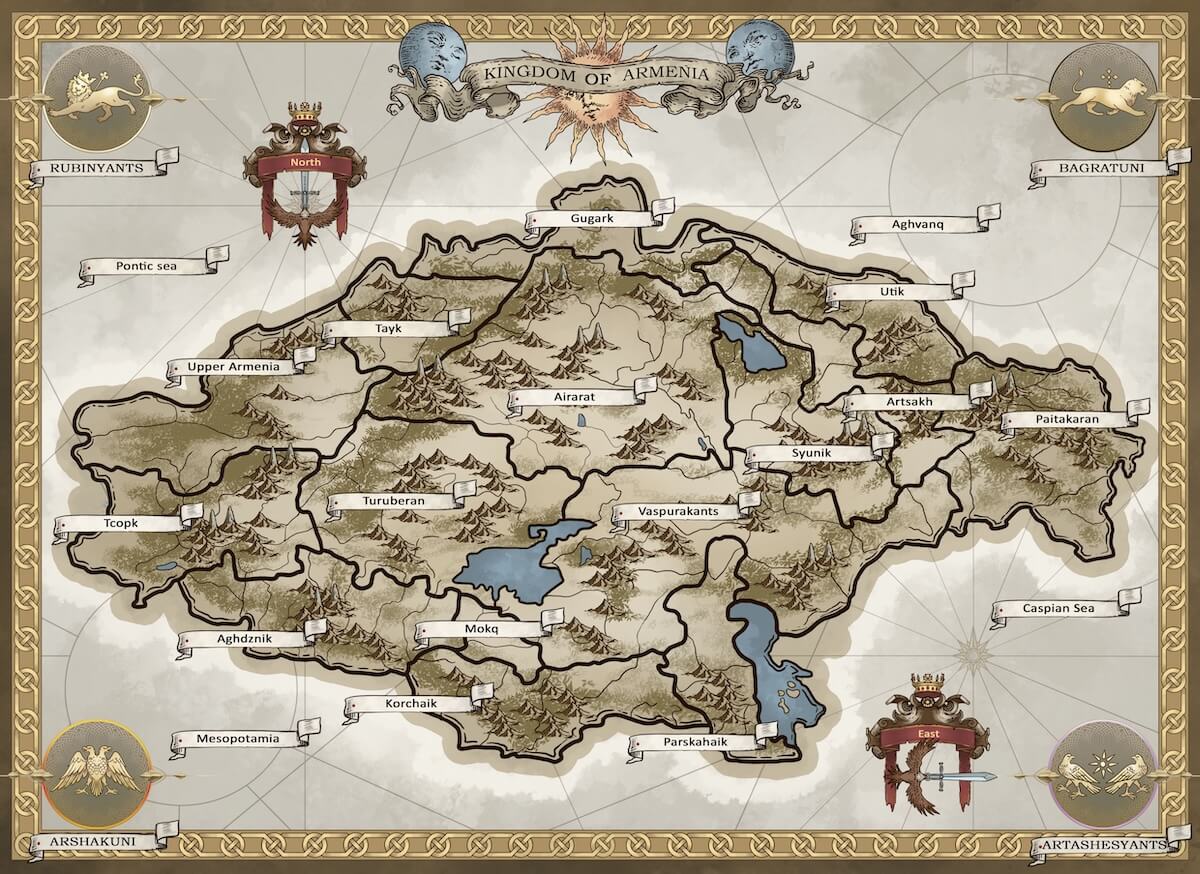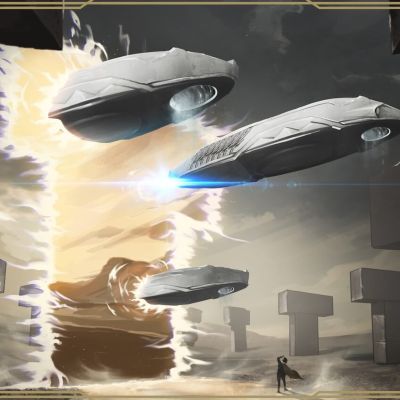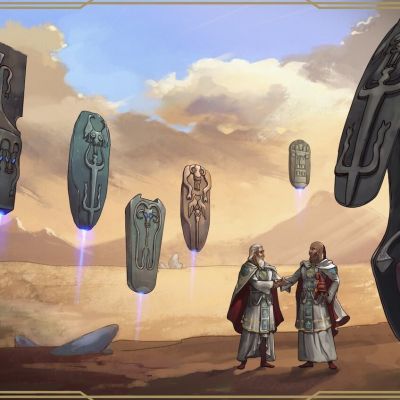Kingdom of Armenia
Long ago, Hayk’ thrived as a hub of knowledge and artistry, beckoning scholars and wanderers worldwide. Settling on the fresh planet, The Elders divided the highlands into provinces. Each held its own charm, housing skilled Blacksmiths, healers, tailors, cobblers, mentors, and various craftsfolk.
In a time when the lands bore no names, they were marked not by titles of their own, but by the deeds and dominion of leaders. Behold, the realm of Admiral Narek, the dominion of the intrepid explorer Gor, and thus did the ancient highlands find their divisions in the tales of heroes.
In the days of antiquity, a realm known as the Great Kingdom of Armenia, or simply Great Armenia, graced the Armenian Plateau during epochs stretching from 331 B.C. to 428 A.D. Its genesis lay in the valorous proclamation of independence by Yervand III, guardian of Armenia, following the eastern incursion of Alexander the Great. The Yervanduni, establishing their seat in the ancient city of Argishtikhinili, once part of the Kingdom of Van, later christened Armavir.
The pan-Armenian dominion of the Ervanduni met its twilight around 200 B.C., succumbing to the Seleucid onslaught and the relinquishment of Ervand. Yet, in the aftermath of the Seleucid army’s defeat at the Battle of Magnesia in 189 B.C., Artashes I ascended, heralding the revival of Armenian sovereignty. Under his reign, the kingdom coalesced, forging a resilient and formidable army, bequeathing to posterity an economically flourishing state. In the ancient tapestry of Greater Armenia’s expanse, the realm unfolded across 15 mythical provinces: Aghdznik, Artsakh, Ayrarat, Corduene, Gugark, Moxoene, Parskahayk, Paytakaran, Sophene, Syunik, Tayk, Turuberan, Upper Armenia, Utik, and Vaspurakan.





